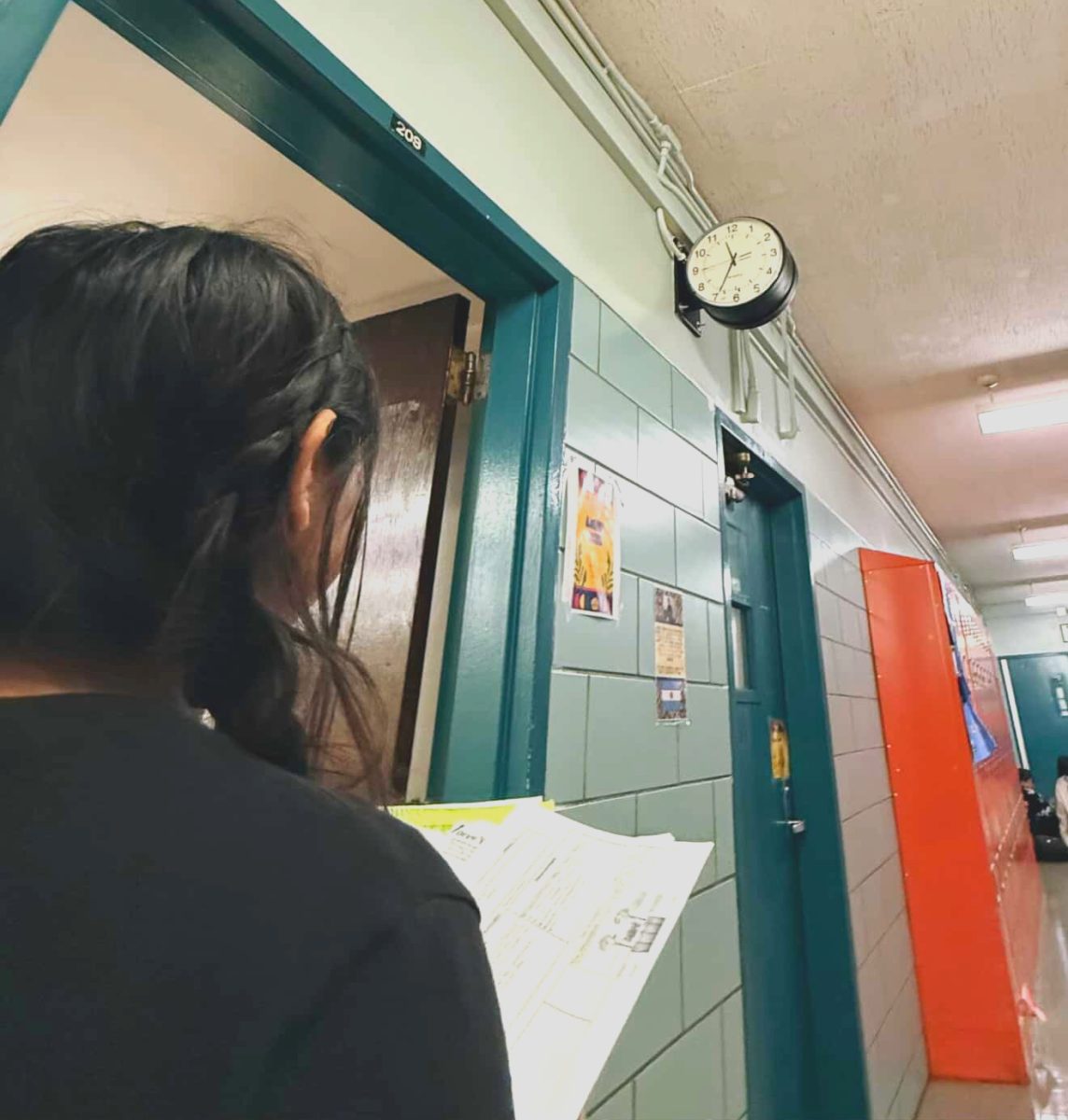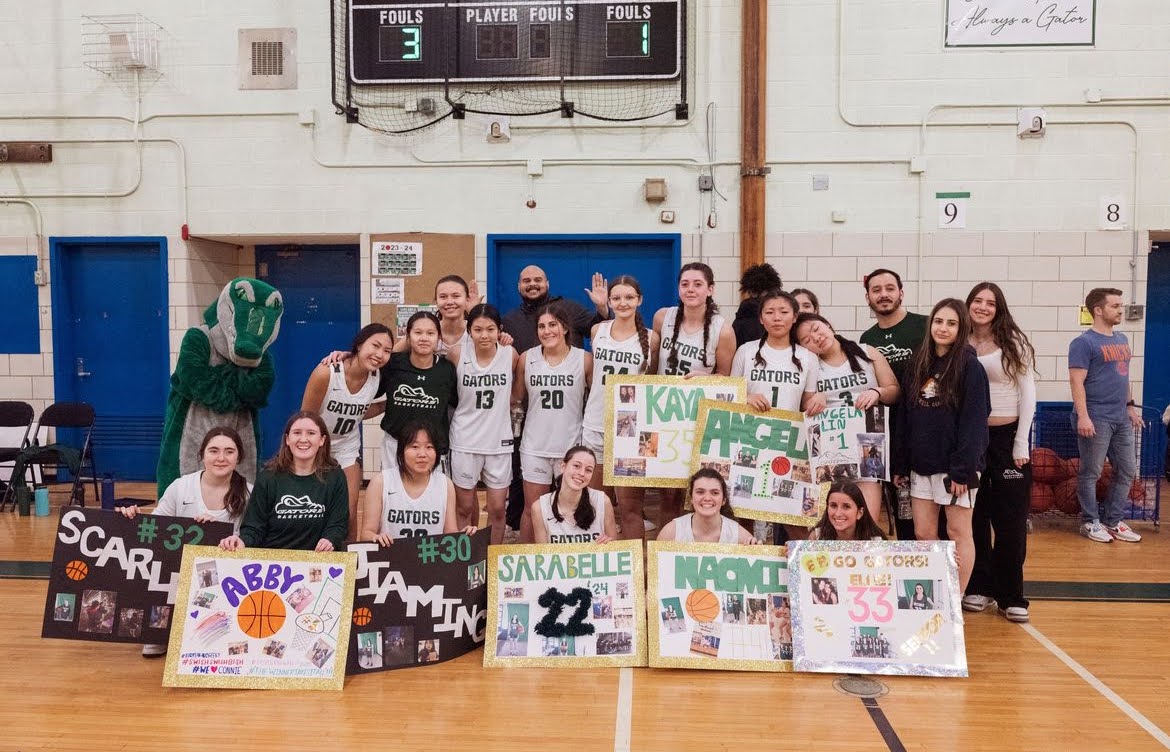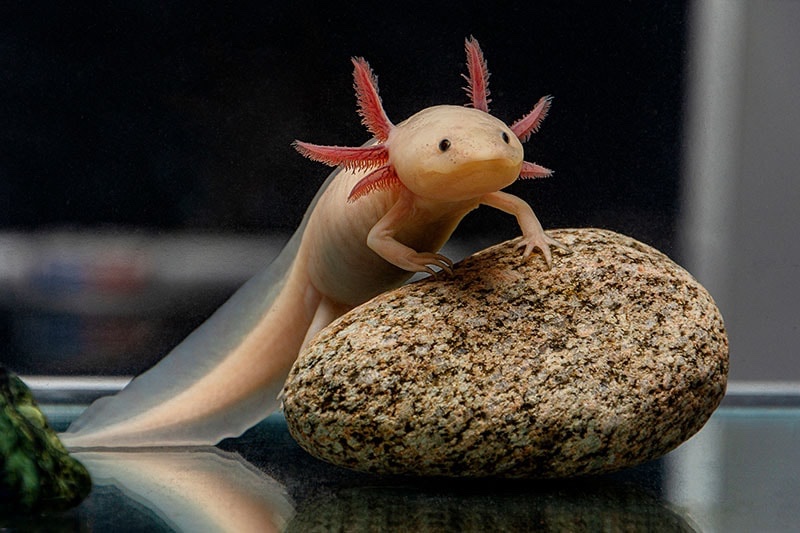Axolotls (pronounced ak-suh-laa-tl) are some of the most unique animals on Earth, but unfortunately, they’re also one of its most threatened. Despite its more recent rise in popularity, there are a lot of people who don’t know about these salamanders, and even more who don’t know about the dilemma their species is currently facing.
Axolotls are a species of salamander native to Lake Xochimilco in Mexico. While they are more well known for being pale-bodied and pink-gilled, most wild axolotls have darker mottled grey, black, or brown coloring, which helps them to hide from their natural predators.
Despite these animals being critically endangered in Mexico, there are well over a million axolotls worldwide, but the main problem with this is that the majority of axolotls are not in the wild, they are domesticated pets. While there have been examples of conservation efforts bringing back a wild population through releasing captive animals in the past, the axolotls present a special dilemma to scientists.
The reason that most of the captive axolotls have the coloring seen in the image above is because the captive population is dangerously inbred. When they were first brought to Europe by French explorers, they took around “34 axolotls from Mexico City to a zoo in Paris … Scientists and naturalists went on to breed those salamanders and distribute them around Europe, and by the 1870s they were found in all European countries — and eventually the US.” (Jones, 2022) Because the current captive population came from such a small original sample, it is no surprise that they have become so genetically uniform now.
This lack of diversity amongst captive axolotls unfortunately means that reintroducing them to Lake Xochimilco would most likely not only prove ineffective, but could very potentially worsen the axolotl’s chances of survival by reducing their ability to fight things like diseases and changing conditions. Lake Xochimilco is already becoming near uninhabitable for these salamanders, they are incredibly sensitive to things like temperature changes, and because of increased urbanization over the years, the temperature of the lake has risen, and pollution into it has increased. Alongside these issues, axolotls face threats from invasive species. There were two species of fish, carp and tilapia that were introduced to the lake to improve the diet of the locals, but this would ultimately backfire. These fish hunt axolotls and have only worsened their chances of surviving in the wild.
While the future of the axolotls may look bleak, action is being taken to save them. Fortunately, there are efforts being made to conserve the axolotls. One of these is being led by Luis Zambrano, an ecologist who is working in Mexico. According to the Smithsonian Magazine, “efforts have scaled up in recent years as Zambrano involves local farmers in the process. Local farmers are encouraged to farm with traditional chinampas, or “floating gardens” constructed with aquatic vegetation and mud from the lake, to create sanctuaries for the axolotl. The productive and sustainable agricultural system does not use chemical pesticides—they have even experimented with grinding up invasive tilapia for fertilizer—and creates a semi-permeable barrier to provide refuge for the axolotl with clean, filtered water.”
This strategy was originally used by the Aztecs, under whom the axolotls originally thrived. It wasn’t with conservation efforts in mind that the original chinampas were built though, they were made for farming, they expanded the lakes that the axolotls lived in and met all of the salamanders’ needs to survive, but didn’t come with any predators. Taking the example from human impact in the past that had ecological benefits is an excellent model for conservation everywhere, and hopefully this strategy, along with other conservation efforts can work towards protecting wild axolotls.


































Ray • Dec 4, 2023 at 8:31 am
How interesting, what a great article, the recognition of certain things can be so little at sometimes, but when one person really digs deep, they will see a problem, however this the recognization of this problem can be too late to do anything
Ray • Dec 4, 2023 at 8:30 am
How interesting, what a great article, the recognition of certain things can be so little at sometimes, but when one person really digs deep, they will see a problem, however this the recognization of this problem can be too late to do anything
Maya Soto • Nov 30, 2023 at 7:17 pm
Such an interesting article! It’s sad that the crisis isn’t recognized more.